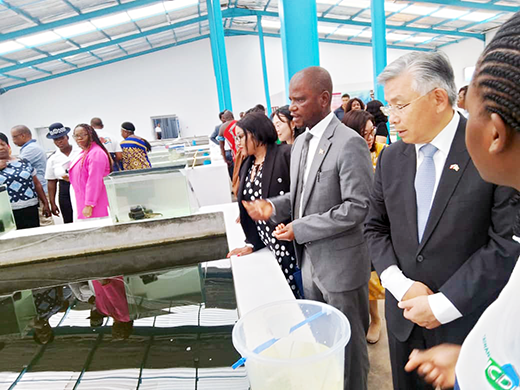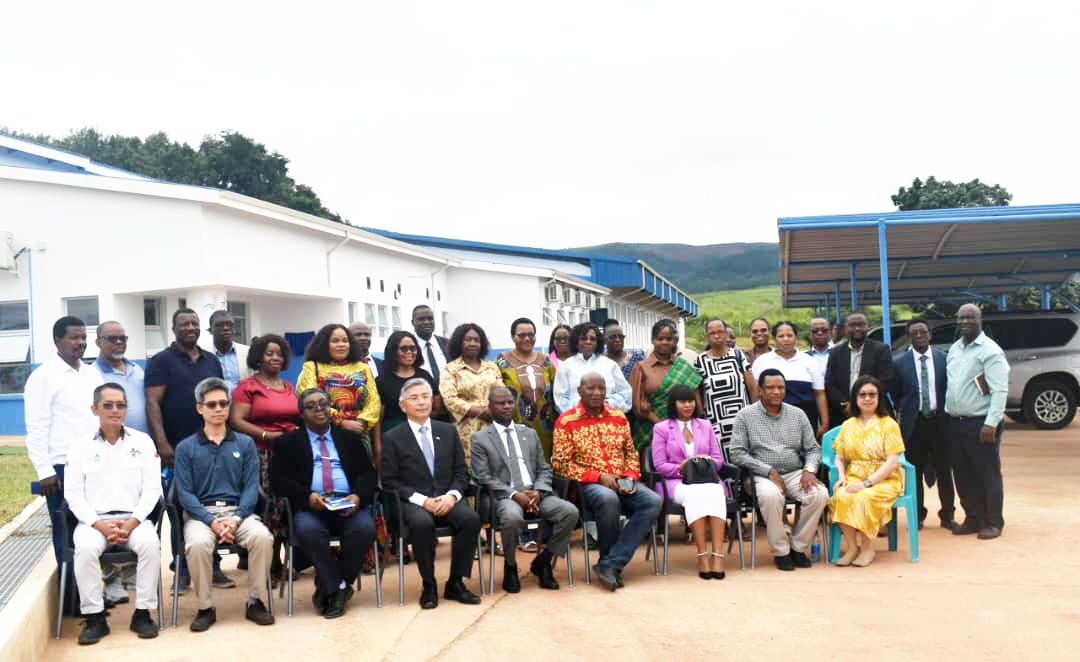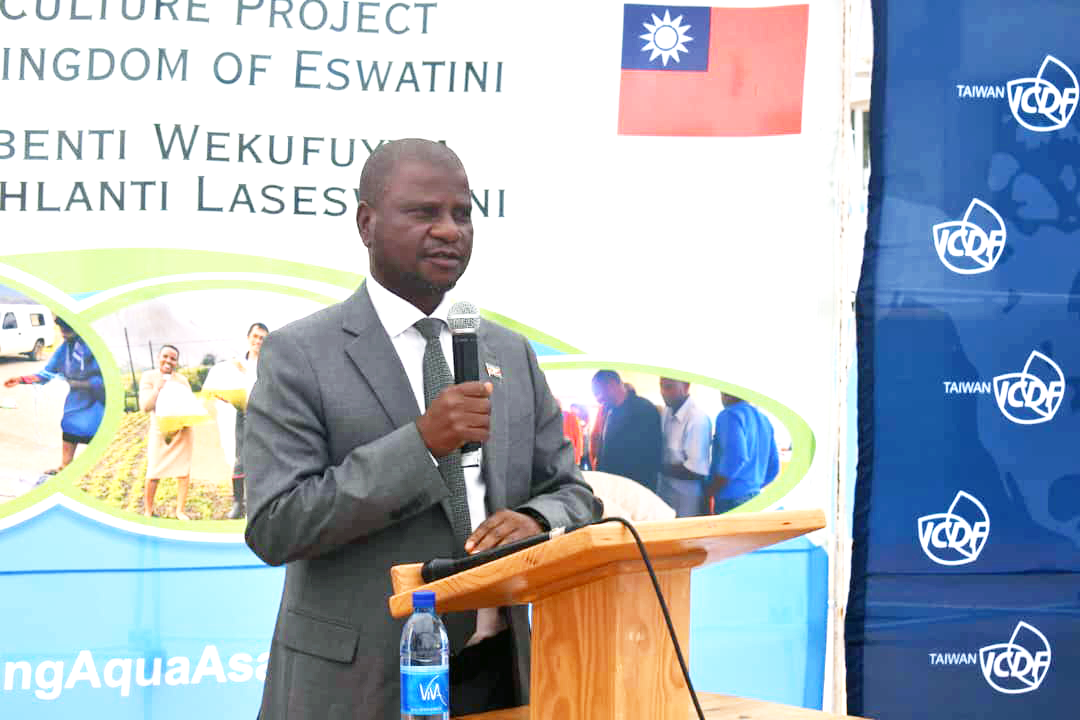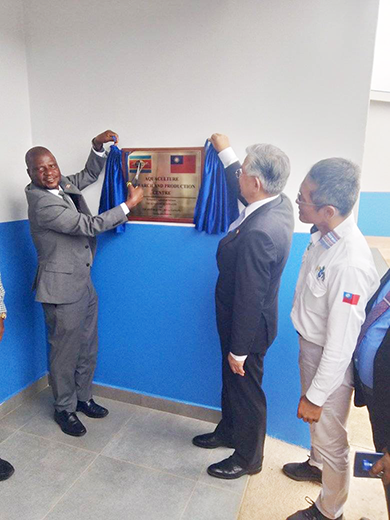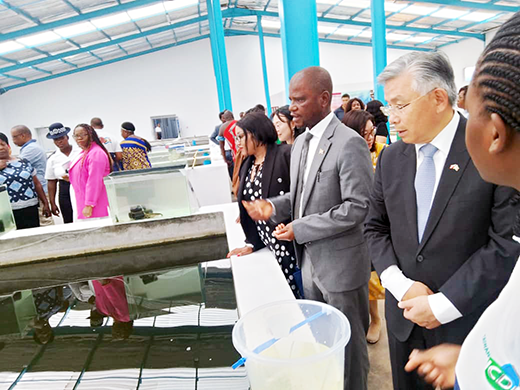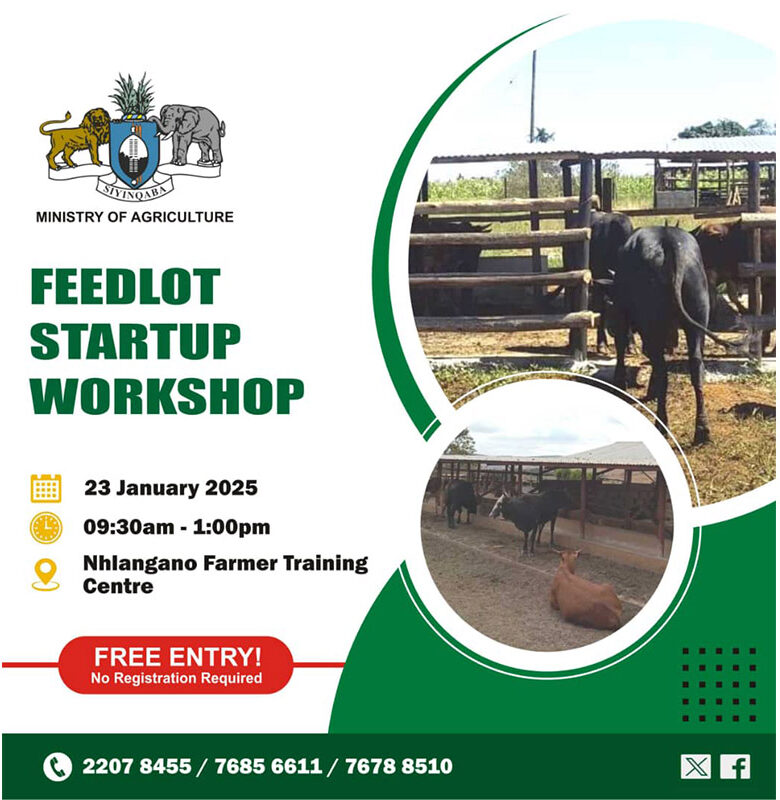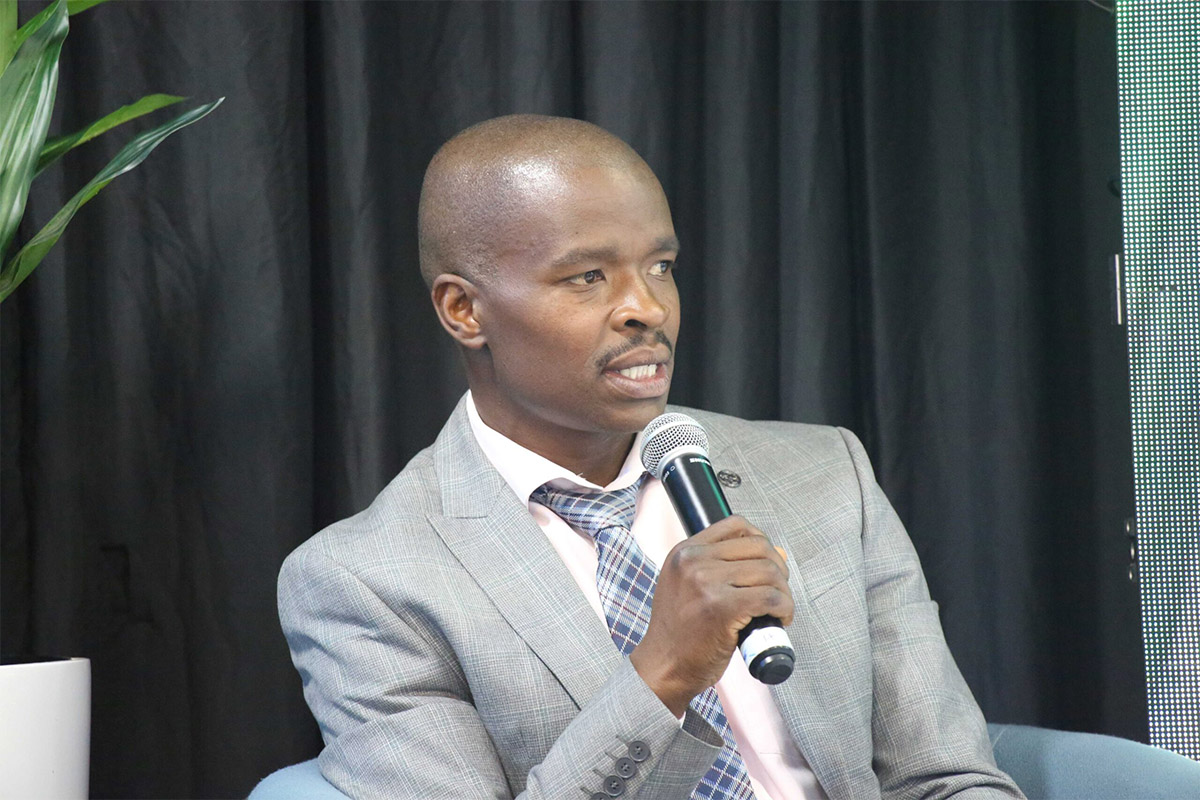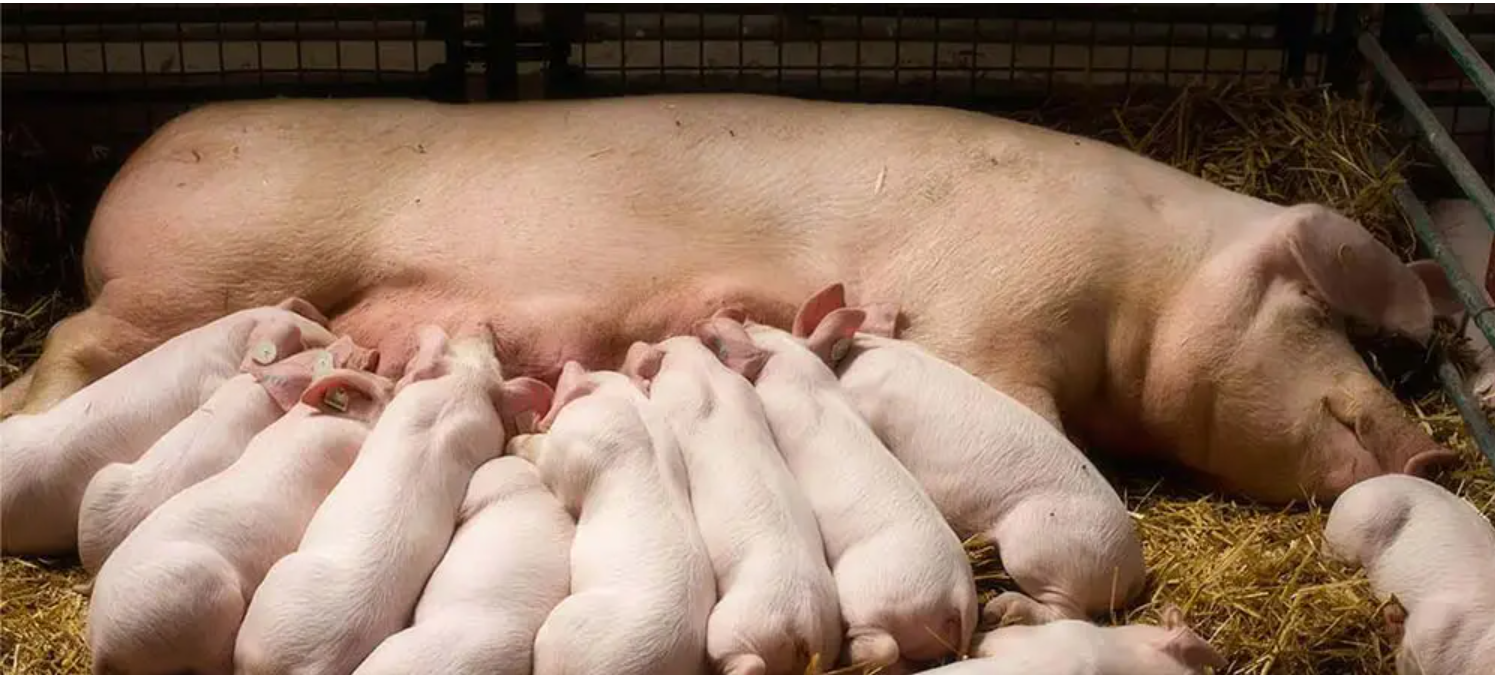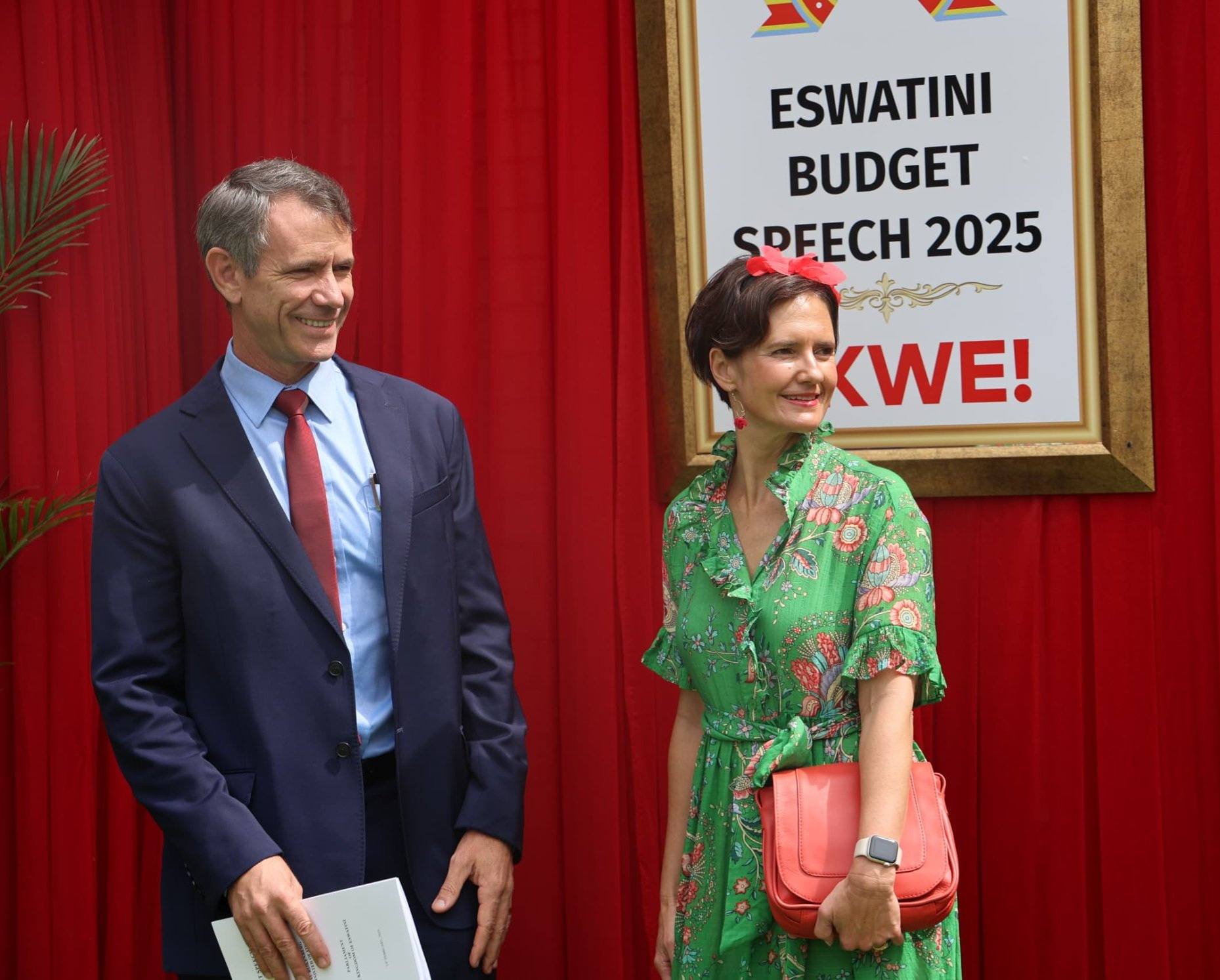A E40 million Game-Changer for Fish Farming in Eswatini
MALKERNS – Eswatini’s fish farming industry has received a transformative boost with the launch of the state-of-the-art Aquaculture Research & Production Centre. The facility, valued at E40 million (US$2.19 million) and funded by Taiwan, is set to advance fish production in the country, enhancing food security and economic empowerment for small-scale farmers.
Fish Farming in Eswatini: A Dive into Local Realities and Global Waves
Nestled between South Africa and Mozambique, the Kingdom of Eswatini has quietly emerged as a player in Southern Africa’s aquaculture sector. With limited marine resources due to its landlocked geography, the nation has turned to freshwater fish farming to bolster food security, create jobs, and tap into the growing global demand for sustainable protein.
A Milestone for Eswatini’s Aquaculture Sector
The newly inaugurated centre aims to provide cutting-edge research, training, and production facilities for local fish farmers. Officially opened on February 28, 2025, the event was attended by government officials, industry stakeholders, and Taiwan’s Ambassador to Eswatini, His Excellency Jeremy Liang. Minister of Agriculture Mandla Tshawuka, who represented Prime Minister Russell Dlamini, expressed gratitude for Taiwan’s support in strengthening Eswatini’s agricultural resilience and food production.
“This centre will play a pivotal role in diversifying protein sources, reducing malnutrition in children, and unlocking economic opportunities for our youth and smallholder farmers,” said Minister Tshawuka.
Local Realities: Challenges and Innovation
Eswatini’s fish farming industry remains small but ambitious. Tilapia and catfish dominate production, cultivated in ponds, dams, and experimental recirculating aquaculture systems (RAS). The Maguga Dam, a collaboration with Mozambique, hosts community-led tilapia farms, while NGOs like World Vision have introduced smallholder farmers to integrated aquaculture-agriculture systems, where fish waste fertilizes crops like maize and vegetables.
Despite progress, challenges persist. Annual production hovers around 200–300 metric tons (FAO, 2022), significantly lower than regional neighbors like Zambia (30,000+ tons). Limited access to high-quality fingerlings, expensive feed (often imported from South Africa), and climate vulnerabilities—such as prolonged droughts—hinder scalability. Yet, innovators like Eswatini Fish Farming Cooperative are testing cost-effective solar-powered aeration systems and insect-based feeds to reduce reliance on imports.
Empowering Local Farmers & Enhancing Production
The centre’s primary goal is to increase fish production by addressing the critical shortage of fingerlings (young fish), which has long hindered the industry’s growth. The facility will focus on:
- Breeding and mass production of tilapia fry for distribution to farmers.
- Researching sustainable aqua feed options using locally available materials.
- Providing technical training for farmers and extension officers to enhance knowledge and skills.
- Developing a gene bank to conserve Eswatini’s indigenous aquatic species.
Senior Agricultural Officer Phumzile Mhlanga emphasized that the project, which commenced in October 2021, is set to run until December 2025. This period will allow sufficient time to fully establish its breeding systems and optimize fish production.
Global Markets: Opportunities Beyond Borders
Globally, aquaculture is booming. The industry accounts for 54% of the world’s fish consumption (World Bank, 2023), driven by overfished oceans and rising demand for affordable protein. Africa contributes just 2% of global aquaculture output, but Eswatini’s strategic location within the Southern African Development Community (SADC) offers access to a regional market of 400 million people.
To compete, Eswatini must navigate two fronts:
- Sustainability Certifications: European and Asian markets increasingly demand traceable, eco-friendly products. Mozambique’s tilapia farms have secured Aquaculture Stewardship Council (ASC) certification—a model Eswatini could replicate to appeal to ethical buyers.
- Niche Markets: The global ornamental fish trade, valued at $5 billion annually, remains untapped. Eswatini’s vibrant indigenous species, like the endangered Singidia Tilapia, could attract aquarium enthusiasts if bred sustainably.
Expanding the Reach of Fish Farming
Eswatini’s aquaculture sector is witnessing rapid growth. During the current production season, the centre has distributed 92,800 fingerlings and released 56,000 fry into natural water bodies, with an additional 62,000 fish kept for production at the facility. In total, the centre has produced 210,800 fry this season, marking a major step forward in boosting supply for local farmers.
During the facility tour, MPs and agricultural stakeholders engaged experts on fish breeding, feeding, and research techniques. They recognized the centre’s potential to significantly reduce Eswatini’s reliance on imported fish and create sustainable economic opportunities for rural communities.
The Road Ahead
Eswatini’s government aims to double aquaculture output by 2030 under its National Agricultural Investment Plan (NAIP), focusing on youth training and public-private partnerships. Meanwhile, startups like AquaSwati are piloting blockchain tools to track fish from pond to plate, targeting tech-driven export markets.
Yet, the question lingers: Can a nation of 1.2 million people leverage its ingenuity to swim in the same currents as giants like Norway or Vietnam? For now, Eswatini’s fish farmers remain cautiously optimistic. As Lungile Dlamini, a tilapia farmer in Siteki, puts it: “We’re small, but our ponds hold more than fish—they’re pools of hope.”
A New Era for Eswatini’s Fisheries Sector
With its innovative approach to fish breeding, farmer training, and sustainable feed development, the Aquaculture Research & Production Centre is poised to revolutionize Eswatini’s fisheries sector. By empowering farmers with the necessary resources and knowledge, the centre will help enhance local production, reduce fish imports, and promote food security, ensuring a brighter future for Eswatini’s fish farming industry.


